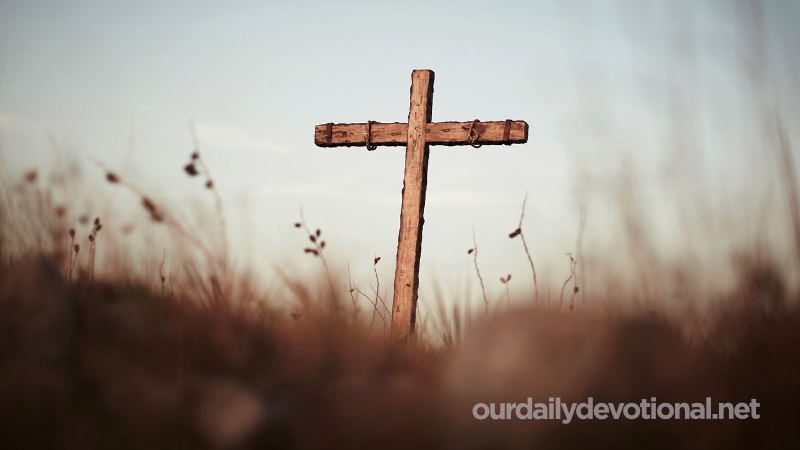"Jehovah's meeting place with His people."
It is a temporary tent in which the Lord met with his servants (Ex. 33: 7-11; 34:34, 35). After the erection of the golden calf, Jehovah left the people.
Moses then raised, at least for a time, the Tabernacle of Meeting outside the camp, to symbolize this excommunication (Ex. 33:7; 34:9). It is unknown which tent it was, but it appears to have been the camp's administration center.
There, it seems, Moses administered justice (Ex. 18:13) and dealt with the most serious cases (Ex. 18:21-26). The book of the covenant was, it seems, provisionally deposited there (Ex. 20-23; 18:16; 33:7).
The issues under dispute were presented before the Lord (2 Sam. 21:1; Ex. 18:15; 21:6; 22:9; Num. 27:5; Deut. 19:17). Jehovah was there with his people in the person of the mediator, Moses, when the pillar of cloud descended at the entrance of the tent (Ex. 33:9).
This tent was not the Tabernacle described at Sinai; The ark was not in it nor was it served by priests. Joshua took care of this tent (Ex. 33:11), and not Aaron, as was the case for the Tabernacle itself (Deut. 10:6).
The cloud descended on this tent when Moses entered to inquire of Jehovah. Instead, the cloud remained over the Tabernacle, and the glory of the Lord filled it, and Moses himself could not enter it (Ex. 40:34, 35, 38).
Some confusion is possible on the part of the reader, since both the Tabernacle itself and the previous one are called "Tabernacle of the Congregation", or "of Meeting", and care must be exercised in reading to distinguish between the two.
Meaning of TABERNACLE OF MEETING
It is a temporary tent in which the Lord met with His servants (Ex. 33:7-11; 34:34, 35). After the erection of the golden calf, Jehovah left the people.







